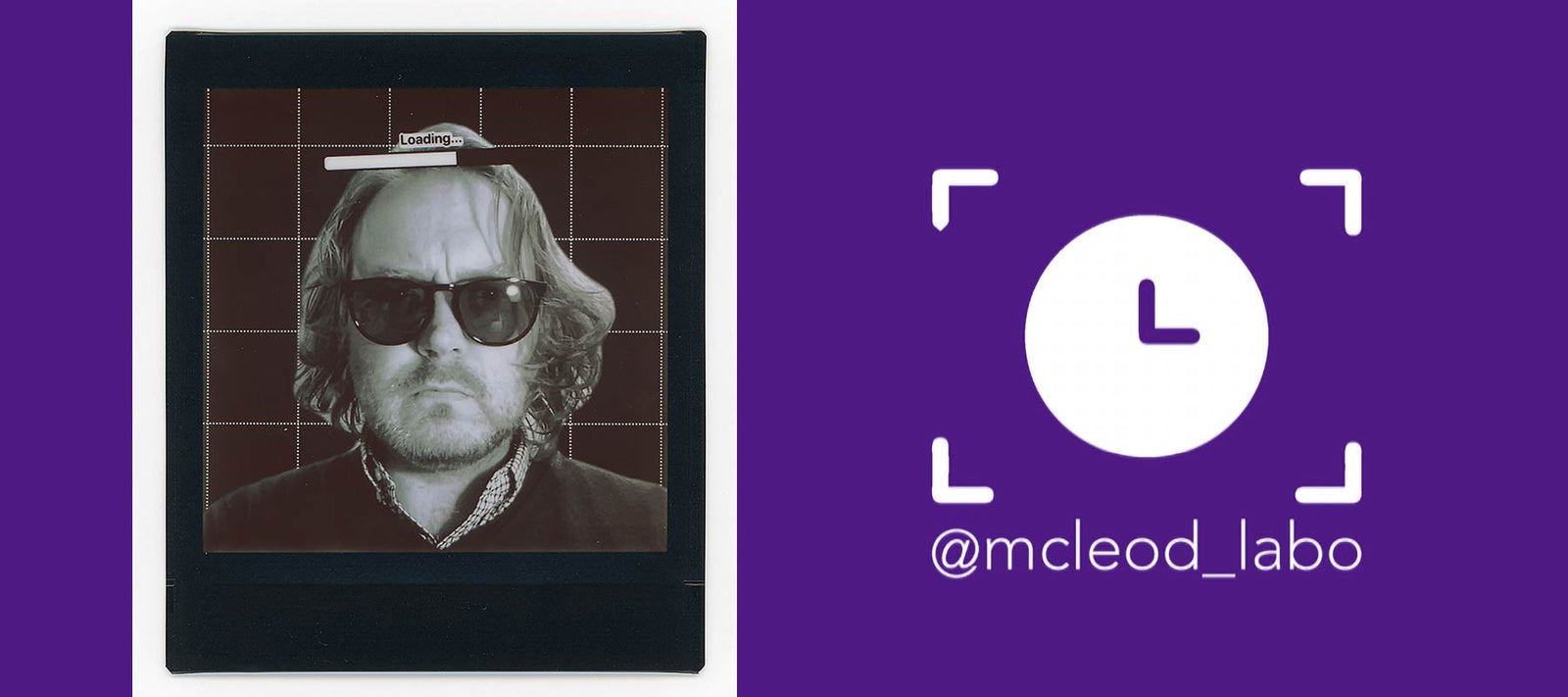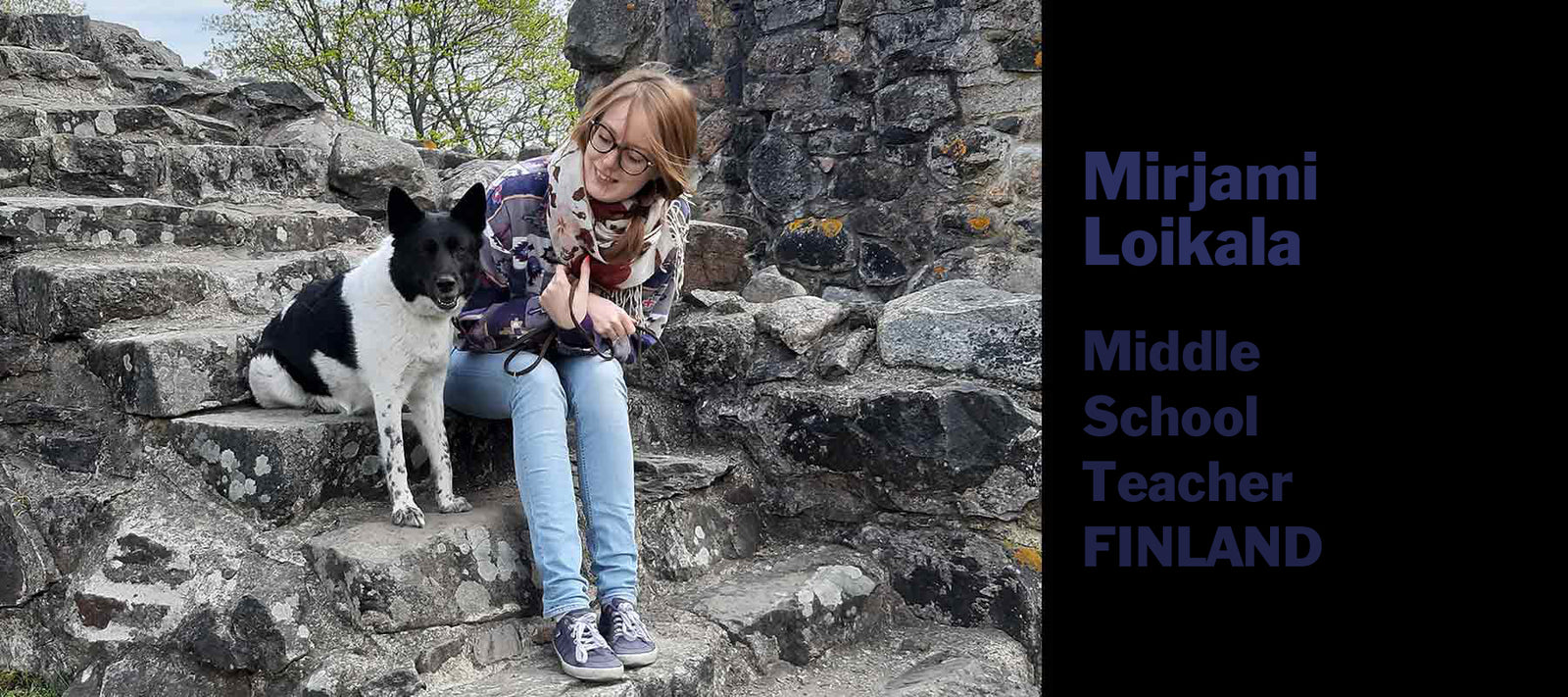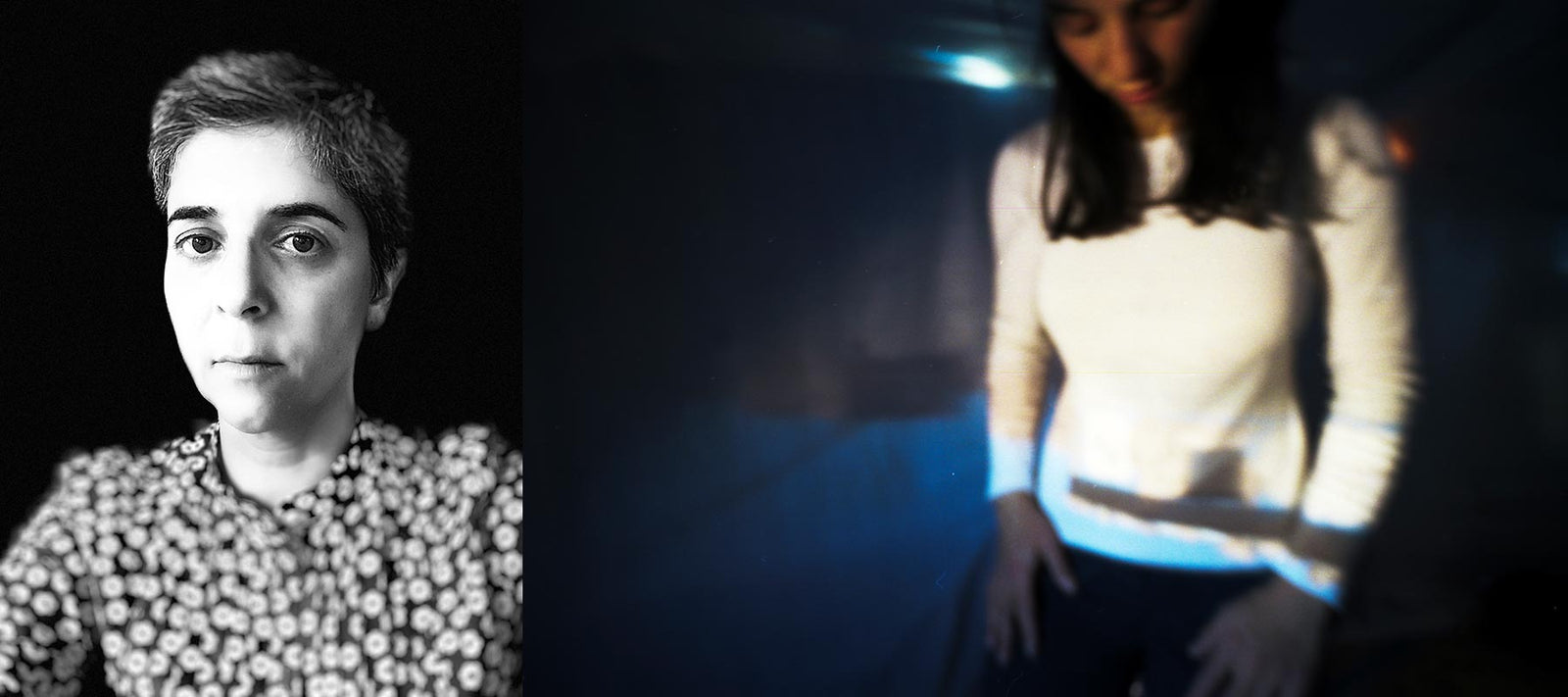
Meet the Camera Obscura makers - MCLEOD LABO
“More than just the right way up!”
We had the opportunity to sit down with Assistant Professor Gary McLeod and his lab students in Tsukuba, Japan, who are, amongst many things, trying to see Camera Obscuras in a wider context.
Hi Gary, could you set the stage for our readers by telling a bit about you, your background, and where you work currently?
My background is in photography and visual communication design. In addition to researching photomedia literacy (in particular, applications of rephotography), I teach photography classes at undergraduate and postgraduate level in Japan at the University of Tsukuba (about one hour north of Tokyo). Most of my students are studying a visual design program but my classes welcome keen students from other faculties.
As Japan adopts a lab system between professors and students for learning how to do research, McLeod Labo (the vowel sound is typical of loan words in Japanese) is made up of visual design students at different levels, 50% of whom are international students. Because the lab is concerned with temporality in creative practice (its other name is ‘time-lab’), research extends to other disciplines within visual design as well.
 Tsukuba Obscura poster screenshot from @mcleod_labo Instagram
Tsukuba Obscura poster screenshot from @mcleod_labo Instagram
What was the original idea and purpose behind the Tsukuba Obscura project?
The Tsukuba Obscura concept is one of a few initiatives where we aim to help students recognize their relationships with cameras and photomedia. Camera obscuras are a tried and tested method of bringing people ‘inside’ a camera, and there are plenty of examples of getting people to make their own, most commonly as shoeboxes or by darkening a room.
 T+ Gallery at University of Tsukuba converted into the Tsukuba Obscura using cardboard sheets adorned with students’ illustrations.
T+ Gallery at University of Tsukuba converted into the Tsukuba Obscura using cardboard sheets adorned with students’ illustrations.
However, getting people to then somehow ‘own’ a creation and feel responsibility for the image appearing in it (i.e., the world outside) is much trickier. By marking the obscura in some way through graphics, illustration and branding, our thinking was that we could get students engaged creatively with the obscura’s construction rather than just its ‘magical’ image. By also asking them to interact with the obscura and spend time in it, there was a hope that the image inside would take on deeper levels of experience.
 Tsukuba obscura Zine Vol.1, p4-5 - How to use a Camera Obscura.
Tsukuba obscura Zine Vol.1, p4-5 - How to use a Camera Obscura.
Did it work?
For sure, it started to! More iterations of the Tsukuba Obscura are needed to resolve some minor issues, one of them being participation in a dark enclosed space post-covid. We got around that problem using Zoom and essentially webcasting the view of the obscura (maybe the first ever ‘Zoom Obscura’?). But lab students (who were still allowed access) improvised with the space: one danced, another played music, there was also oddly a lot of jumping! The first iteration (Tsukuba Obscura Vol. 1) ended up really being about setting expectations and students will likely be more forthcoming the next time we set it up.

A detail of the view through the BonfotonUP device (left). A portrait being made inside via the outside. Students liked jumping in the Camera Obscura room!
You used the BonfotonUP Camera Obscura device that makes the image right-side-up in the project. What do you and your lab students think about the device?
The plan was to use just the BonfotonUP, but we also had the Obscura Room Lens and it seemed appropriate to set up both and have the option to switch from one to the other. This turned out to be very helpful during Japan’s rainy season. Having less glass for light to pass through, the Obscura Room Lens (or Bonfoton ‘down’) produced a brighter image than the BonfotonUP, but it was also quicker to understand (especially to someone with a basic grasp of physics). And yet, despite its ‘naturally oriented’ image, the BonfotonUP led to more questions about how it was made – attention was drawn to how such an image could appear on the wall whereas the ‘traditional’ device drew attention to why the image was upside down.

View inside the Tsukuba Obscura using the BonfotonUP device. The sun set behind the gallery casting a warm glow on the university gymnasium.
The two devices offer fundamentally different experiences, making them complimentary, rather than opposites. Other differences related also to function and purpose more so than quality: the BonfotonUP necessarily has a narrower casted image which can emphasize a specific building or scene (it can also be directed up or down according to needs), whereas the ‘down’ visibly passes over everything in the room, giving the sense that one casted image is more ‘slippery’ than the other.
 A "classic" upside-down Camera Obscura image from Bonfoton Camera Obscura lens.
A "classic" upside-down Camera Obscura image from Bonfoton Camera Obscura lens.
Interestingly, lab students seemed to prefer an image that resulted from using both devices at the same time (perhaps another first!). While one image was slightly brighter, it was fun to work out where one image began and another ended, particularly when a cyclist (and their disjointed upside-down counterpart) rode past.
 Lab students preferred to combine views from both devices. The top half being the image from the BonfotonUP.
Lab students preferred to combine views from both devices. The top half being the image from the BonfotonUP.
Do you see yourself using the BonfotonUP in other projects or teaching scenarios?
Absolutely! There will be future volumes of Tsukuba Obscura where we will expand more on dwelling in the space, creating viewer interactions and performances. One of the things that interests me most is the temporal aspects of it. Abelardo Morell, who is often mentioned in discussions of camera obscuras, and Tokihiro Sato and Marja Pirilä have all engaged with the time involved in producing photographs from camera obscuras and this was a point of frustration for students who are so used to using cell phones to take photographs.
The situation of the camera obscura demands longer exposures and draws attention to thinking about duration. For visual literacy education, this is crucial to supplementing aesthetics in an increasingly speed-driven graphic culture and teaching appreciation for looking slowly. Both devices fit well into my research into photomedia and temporal literacies, so I will be continuing to use them across a range of projects. Additionally, our lab is participating in the camera.obscura.camera collaboration with five other universities so students will be taking the devices home from time to time.
 Screenshot from the ‘Zoom Obscura’ time-lapse video.
Screenshot from the ‘Zoom Obscura’ time-lapse video.
What about the Tsukuba Camera Obscura visitors? What thoughts did they have about the Tsukuba Camera Obscura project?
In return for stickers and booklets, we made a comments board that was successful until we had to switch to the zoom version (because of Covid-19). Roughly translated, comments included the following:
‘There is a three-dimensional effect in the image. It’s marvelous.’
‘It was interesting that I could know the old pinhole camera. I wanna do it at home then I could try to monitor outside.’
‘It was a big camera. The image was so beautiful. I was impressed.’
‘I thought it was projected by a projector at the beginning. Fantastic.’
‘I went inside because I thought it was a photograph exhibition at first. When I got in I was shocked. Interesting.’
‘It was creative that turned a room into a huge camera. loved it.’
 Tsukuba Obscura visitor comment board.
Tsukuba Obscura visitor comment board.
The switch to the zoom version was technically a good solution (although impacted by patchy university Wi-Fi) and we did our best to enhance the lux of the image webcast, but it understandably still presented a barrier, prompting someone to write ‘I couldn’t see anything. T^T Wanted to go inside.’ Future iterations will be better served by finding ways to integrate webcast and in-situ viewership of the obscura.
 Following Covid-19 restrictions, Tsukuba Obscura moved online to become a ‘Zoom Obscura’.
Following Covid-19 restrictions, Tsukuba Obscura moved online to become a ‘Zoom Obscura’.

Screenshot from the ‘Zoom Obscura’ time-lapse video.
Of note, however, was the role of the cardboard aesthetic (drawn from the necessity of using re-usable materials), prompting one visitor to write: ‘It was so attractive because of the cardboard outside, even though there was glass-walled’ and another to say ‘I was happy that the drawing on the cardboard was drawn by the people I knew. They were simple but attractive. It was an exhibition which could attract people's interest.’

Tsukuba obscura darkening cardboards with student illustrations. The BonfotonUP and the Bonfoton Camera Obscura lens seen on the letter-U.
The graphics, illustration and branding all played a role. We are therefore confident that re-using the carboard panels next time will be enough to remind people and create further attention, hopefully, with less restrictions on people going in.
Would you recommend using the BonfotonUP device to other people within the education sector?
While it is possible to use a pinhole to make a camera obscura, there is often a struggle to balance brightness of the image with sharpness. While a photograph made with a long exposure can always reveal what the eye cannot see (effectively justifying the experience) a pinhole version still limits what is possible in terms of collaboration across disciplines (e.g., interaction, performance).
Both Bonfoton devices eliminate some of the complications associated with the DIY camera obscura approach (in particular, getting the right kind of lens). This alone makes them practical for all levels of education.
That the devices also have the capability (via magnets or suction cups) for staying in position for longer than it takes the sun to melt tin foil to a window, means that their broad range of applications can also be explored and satisfied. Making pinholes is necessary for learning about photographic principles, but the Bonfoton devices are a better way of sharing that experience and living it.

Students were appreciative of what the devices made possible.



